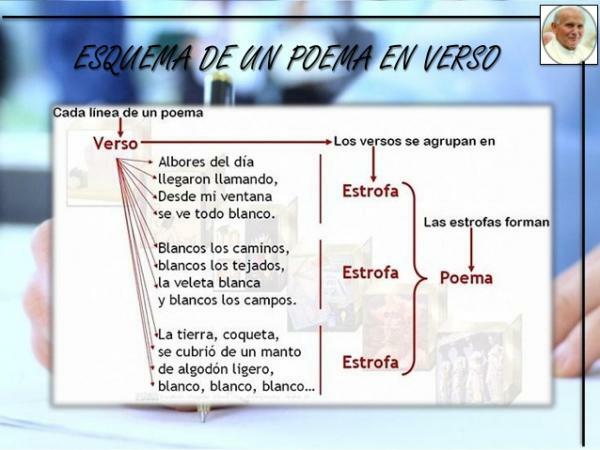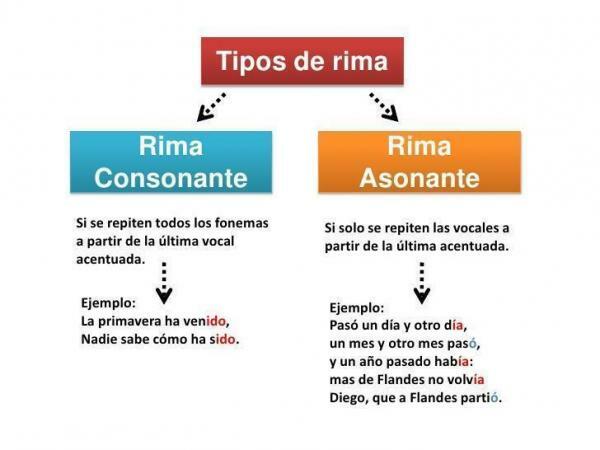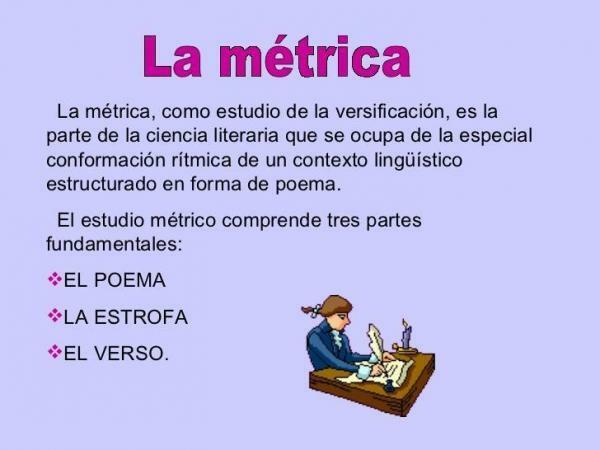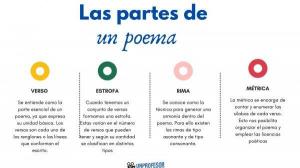How to make the meter and rhyme of a poem

Have you ever considered how to make the meter and rhyme of a poem? It is a task that may seem complex, but if you know the basic tools of poetry, it will not be difficult for you to achieve a simple composition that complies with the rules.
A poem is a composition made up of various elements, among which the verses, which are usually of different sizes, and the stanzas, which are made up of groups of verses. Both are unified in what is called the metric, which, together with the rhyme, causes the composition to have rhythm and, when reading or reciting it, show some musicality.
Would you dare to create your own poem? Find out what you need to know about metrics and rhyme to get it right and be consistent. One of the most poetic lessons of a PROFESSOR begins. Let's get to it, young commoner!
We are going to see how to make the meter and rhyme of a poem. For this, it is important that you take into account what both elements are for. That is, how they work and how they differ, for which it is good to analyze compositions by great authors. But first, what else is important to consider? Here are some tips:
- If you want to compose your own poems, especially at the beginning, if you don't have much experience, write about something that appeals to you, something that has to do with you, with your personality... Write about what you feel, what your heart or imagination dictates.
- It is good to think in verse. That is to say, whatever goes through your head, try to put it into verse, making rhymes and creating rhythms, although in principle they are not very elaborate. It will help you to get used to it.
- You can also rely, as we have commented, on poems already written. But if none of them particularly appeal to you, try a song that you like. Stick with the beat and change the lyrics for something that interests you.
- When you have already written several verses and stanzas a bit on your own, begin to analyze your work. Add the metric and compare the rhyme and rhythm. Now is the time to correct, take advantage of how much you know about poetry and use metric licenses to shape the composition.
- Use dictionaries and elements of the language to improve your rhymes and compositions by substituting words for synonyms that fit better, for example.
- Read everything several times to make sure it makes sense and take advantage of language tools such as metaphors and other figures that allow you to create a beautiful poem.
You already know what to take into account to design and make the metric and rhyme of a poem. Now, what are rhyme and meter really? We are going to define each element so that your composition makes sense and rhythm.
The metricsis the measure of verses. By knowing how to structure them, it is easier to combine them to get the desired result. Thus, we have to do a syllabic count, that is, measure the number of syllables in a verse to obtain the rhythm we are looking for - Fran / cis / co / de / Que / ve / do.
Consider here various basic elements, such as the verse, which are the lines that make up a poem. Also the stanza, which is the set of verses united by the same rhyme and measure, unless they are free verses. And, definitely, the poem itself, which is the set or global structure of verses and stanzas - Va / mos / con / e / llo / - jo / ven / ple / be / yo.
According to the RAE, the rhymeit is an entity of consonant and vowel sounds starting from the last stressed vowel in two or more verses. That is, the sequential repetition of phonemes in a stressed syllable that ends each verse, which will be what causes the rhyme and rhythm of the poem - Va / mos / con / E / LLO / - jo / ven / ple / bE / YO .
The rhyme can be assonance and consonant. In the first case, the rhyme occurs only with the last vowel of the verse, in the second - with the last consonant.

Finally, you should know what metric typesyou have and how it can be measured in a poem:
- Verses of major art: they are made up of verses of at least nine syllables, called eneasyllables. From then on we find others such as decasyllable, hendecasyllable, etc., according to the number of syllables.
- Minor art verses: they have eight or less syllables. There are them from the simplest, which are the verses with only two syllables or bisyllables, to what the eight incorporate, the octosyllables.
Finally, it is important to know how to measure the metric of the poem, for which it will be taken into account the accent of the last word of each verse and the various metric licenses that the poet can take to adjust the metric, which are the following:
- Sinalefa: if a word ends in a vowel and the next one begins in a vowel, they are joined to form a single syllable.
- Dieresis: separation between two vowels that would go together by diphthong, but are separated by the author to maintain the metric.
- Syneresis: the opposite of the previous case, since two vowels together stop being diphthong and separate despite being united.
- Hiatus: contrary to the sinalefa, the last syllable ending in a vowel and the first of the next word do not join.




